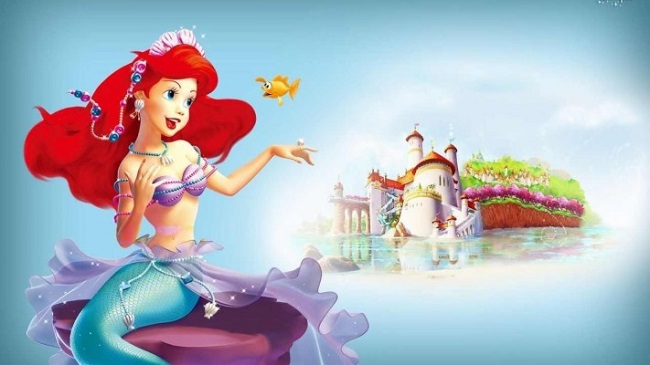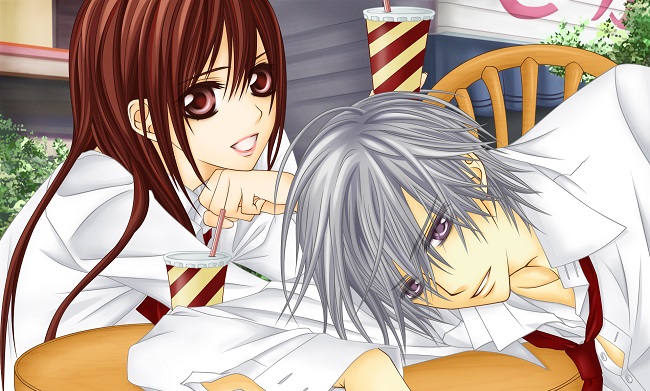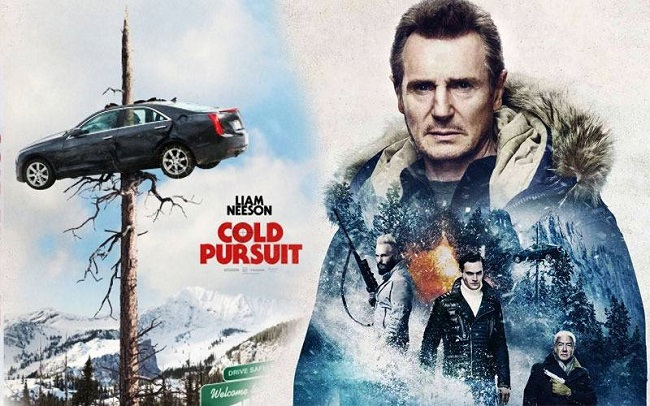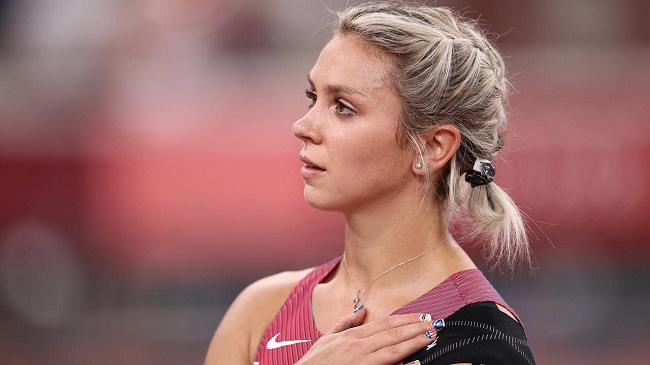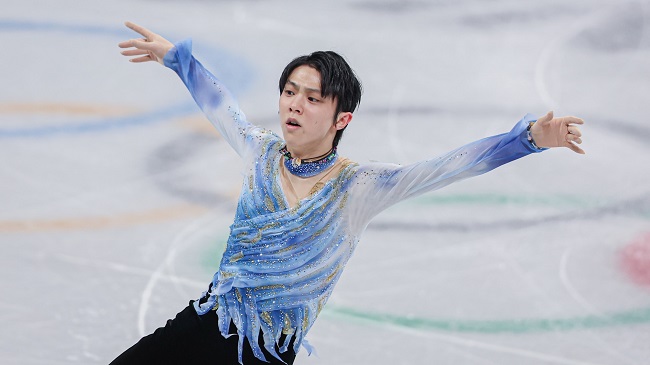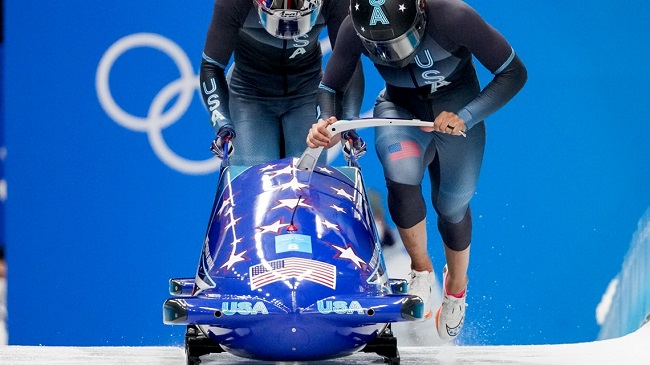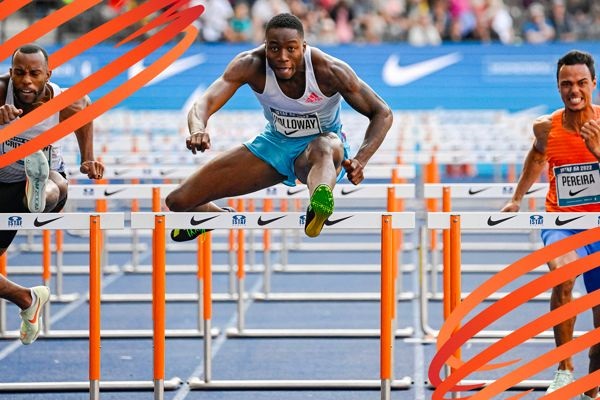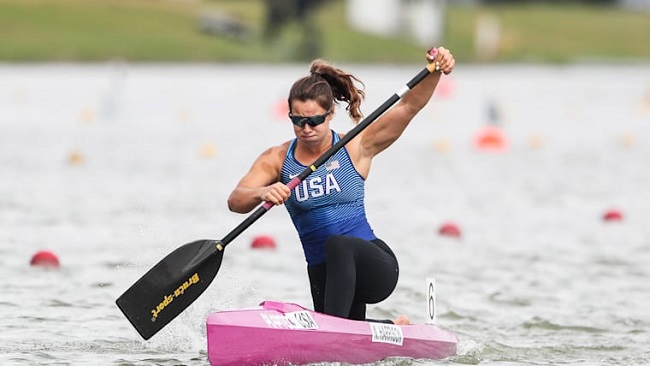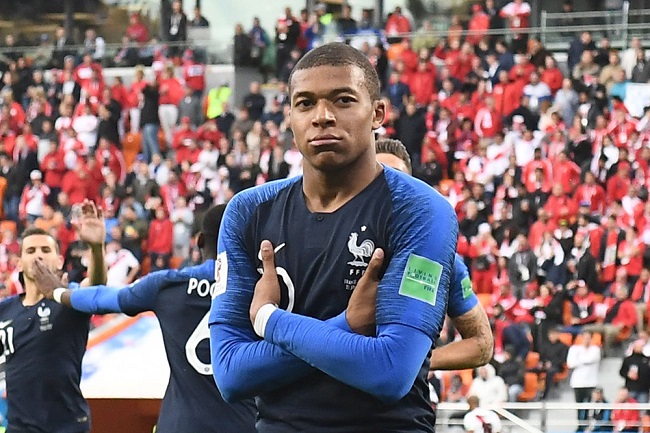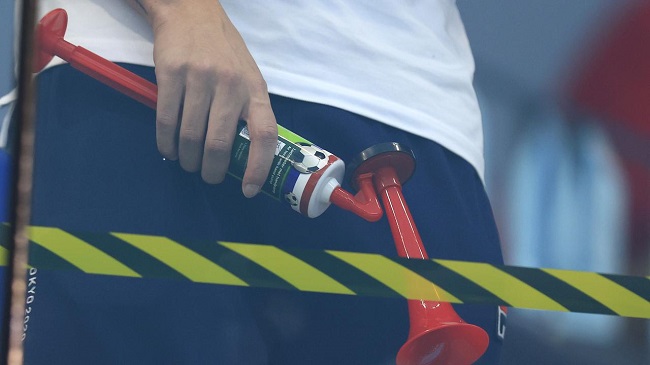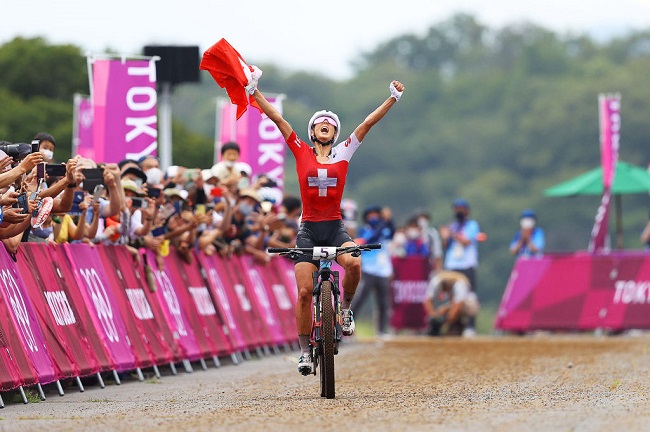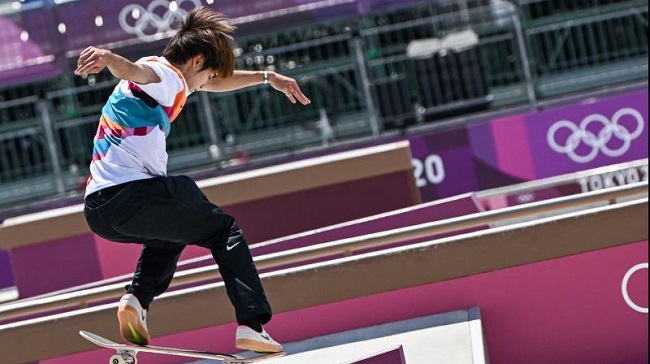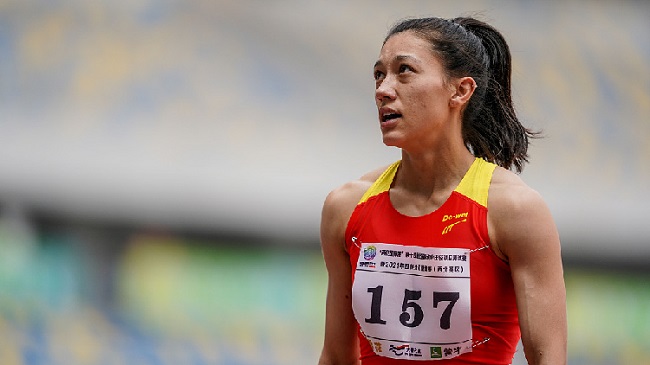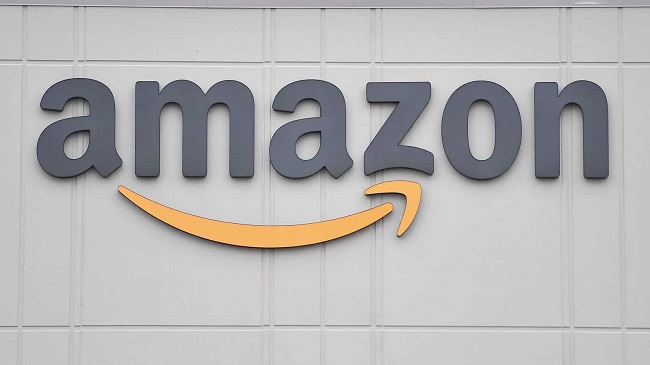Many images and files are uploaded on various websites, social media platforms, and other business programs. Handling of those documents should be taken seriously in order to save time and memory. Each kind of picture requires different dimensions and file formats.
You people are already smart enough how to convert one picture into another format, but today we are here to look at different file formats and explore them. After reading this article, you will be made aware of common file formats like .jpg or .jpeg. You will understand the fundamental terminology and the differences between the 2 of them that may facilitate you to upload the best possible images.
Are you ready? Then why wait, let’s get started!
What is JPEG
The website owners usually work more often with JPEG file format during their editing and uploading purposes. But did you recognize that JPEG is truly is a reference to three various things combined altogether? Well, we are now going to explain the identical for better understanding:
1) JPEG Lossy Compression
It is an impotent aspect of the file format. Whenever a front-end developer makes its website, he ensures that while uploading an image, it shouldn’t negatively affect the site’s speed as similarly as performance. Sometimes the pictures waste resources and put a humongous load on the front end of the website.
So it’s the duty of website owners to optimize images in such a way that it reduces the file size and preserves loading time for a better user experience. JPEG may be a lossy compression method used to make ensure that the pictures used are as small as possible and cargo quickly for better performance.
A basic preview of the image is shown to the user first, which is of low quality, and slowly, the entire image is downloaded at the rear for better usage.
Some quick points to remember for lossy compression:
- The file size of the image being compressed is reduced by removing all the mandatory information present on the image.
- A slight effect on the standard of the image is there, but the common user is unable to distinguish between the 2.
- During the method of compression, all the pixels that are the same because the original are then deleted as they’re of not much use.
- This technique is generally used for photographs and sophisticated images.
- The quality of a picture gets worse after you do more and more editing and saving thereon.
There is another method, which is lossless compression if you don’t want to perform JPEG lossy compression. Lossless compression saves your image in a wholly different format. During this quality remains because it is, there’s no degradation in the quality as no information is being eliminated.
The ultimate image size would always be greater than lossy compression. This ends up in slower preloading of pages and hence affects user experience. The JPEG format is known for its color and pictures; meanwhile, it is also important to notice that there’s a small loss of quality thanks to the compression technique.
Degradation of quality occurs every time you edit and resave your image, although it might be negligible. One way to reduce this is to often work with the RAW JPEGs, determine your edits, and then save out the final version without resaving it multiple times in order to shield quality.
The MIME media type for JPEG is image/jpeg, except in older Internet Explorer Versions, which provides a MIME variety of image/pipeg when uploading JPEG images. JPEG is additionally defined with the extra dimensions like .jpe, .jif and .jfi.
2) Joint Photographic Experts Group (JPEG)
Joint Photographic Experts Group, which is that the name of the sub-committee that helped in creating the jpeg standard similar to other picture coding standards under the standard group called ISO.
The first JPEG standard was issued in 1992 by ISO which is liable for creating requirements, specifications, guidelines, etc. It’s taken as a standard authority that provides us materials, products, processes, and services for various activities.
It also provides standards for digital images that offer users the very best quality products and services. This international organization may be a voluntary group with people from all across the globe, hence making it the most important developer of standards, and it’s followed worldwide.
JPEG As A File Format
The term JPEG is employed to store and save digital images. This is often the foremost probable choice of everyone after you save a picture after editing it.
There are some cool facts about the .jpeg file format.
- Most commonly used file format for digital cameras and other capturing devices.
- It supports almost every color. It’s a spread of 16,777,216 colors at the moment, all produced by using 8 bits of every within the RGB color model.
- It can display plenty of colors which makes the color scheme and contrast resolution almost perfect.
- Supports a maximum of 65,535*65,535 pixels.
What is JPG?
Now the question arises within you is that what’s JPG? Well, frankly speaking there is no such difference between the two except the number of characters. Let’s go deeper into this. The term JPG exists because it was the earlier versions of the Windows Package. Specifically, MS-DOS 8.3 and FAT-16 file systems had a maximum 3-letter limit regarding filing names, unlike MAC or Linux, which didn’t have this limit.
So on MAC and Linux, images are being saved as JPEGs file extensions. But when it came to saving those images in Windows, the file extension is shortened to .jpg so that it didn’t exceed the 3-letter limit.
Nowadays, Windows Operating Systems also accept 3 or 4 letter file extensions. But as people are using Windows for a lot ago so they are used to saving images as jpg. Thanks to this photo editing software such like Adobe Photoshop and GIMP save all images by default in JPEG file format to both Windows and Macs in order to avoid confusion. You can change the extension both ways, and therefore the file will still work fine.
JPG vs JPEG: Similarities Between the Two
First of all, let me clarify for you on this subject that .jpeg and .jpg are the identical exact things. For this, we are going to look into and examine the similarities of both.
1. Both are Raster Images
Computer images are either raster images or vector images. Both JPEGs and JPGs are raster images. Raster graphics are bitmaps of images. Raster images are a collection of countless tiny squares of colors joined together, which are coded specifically and make an image that makes sense to look at.
Here are some more points regarding raster images that provide you a more clear insight into this:
- Widely used for non-lined images like as photographs or detailed graphics.
- They have minute variations of shade and changes in lines and structures which are unable to distinguish with the naked eye.
- They suffer quality issues as their sizes are increased.
- Common raster file formats include JPEG, GIF, etc.
- They are mostly preferred for the pictures to be uploaded on the web.
- They are defined in dpi (dots per inch), the higher the dpi is, the better the resolution and visual appeal of the image.
Some details about vector images to an administrator you a clearer picture regarding this:
- Images are supported by mathematical formulas that are defined by different geometric shapes.
- It is completely perfect for sharp images.
- There are not any color gradations in order that they work well for flat-colored images.
- It includes graphics such as logos and fonts.
- They don’t rely on pixels for their visuals
2. Both terms Mean the Identical Thing
Both the file formats i.e. JPG and JPEG come under the same ISO sub-committee. Hence all their functionalities resemble each other in one or the other way around.
3. Both Are Used as the Identical picture Types
Both .jpeg and .jpg file formats are best used for photography as they’re raster images. Digital images have extensive color gradations that appear flawless when saved as raster images. Your site visitors will always see a gorgeous photograph if it is saved as a .jpeg or .jpg image.
4. Both Lose Some Quality When Saved
As both .jpeg and .jpg file formats are somewhat exact things, so making comparison between them is futile. Compression method employed in each file format that’s, lossy compression ends up in some loss of image quality.
Your file size would be smaller than that was originally, no matter what file extension you are using. Hence this results in better loading of images onto your website which in turn increases the traffic to a great amount. So both .jpeg and .jpg have the same purpose of creating size smaller and giving the user a better viewing experience.
So if you are still confused between better application of which one out of JPG and JPEG? The answer is pretty clear; both are one and the same thing.
JPG vs JPEG 2000
If you’ve ever found yourself looking for information associated to JPEGs and JPGs, you would have possibly come across the term JPEG 2000. That’s an option in most picture editing software. Jpeg 2000 was an image encoding system designed to enhance it better than the standard JPEG already in the situation.
It absolutely was designed to implement lossless compression on images using advanced techniques. It gives a new ray of light and hope to the people about optimizing their pictures and saving them to JPEGs, without degrading the quality of their image much.
Some important features of JPEG 2000:
- Advanced Compression Technique: JPEG 2000 was able to perform both lossy and lossless compression forsaking behind the traditional way.
- Progressive Decoding: It enables users to work out a lower quality image in front of them without much delay while the image remains being downloaded in the background. As more data is downloaded, the standard of the image improves.
- Higher Compression Ratios: JPEG can compress a picture from 20-200% over the quality of JPEG at that time, while maintaining the same image quality.
In addition to all or any of these, some hidden facts about JPEG 2000 are:
- Offers transparency preservation in images.
- Can describe different color levels.
- Includes an unlimited amount of knowledge with metadata.
- Scalability in both resolution and quality.
JPEG 2000 Limitations
Though JPEG 2000 has offered plenty of new features and appears to be the best coding standard for digital images, it still has some loopholes.
- It only supports Safari.
- Any other browser is unable to surf that
- Incompatibility with JPEG is the main problem
- Many cameras and websites are not ready to use it as it is not globally accepted everywhere.
Convert Image Files to JPG: Common Methods
There are numerous ways to save your digital images as .jpg or .jpeg files. Let’s take a glance at all these.
1. Windows Paint
You can easily save your image as .jpg or .jpeg by using Windows Paint. Just upload your picture there and go to file>> Save as, and so choose the file destination. Name the image and choose JPEG from the dropdown menu. Clicks save after this.
2. Affinity Designer
Affinity Designer is comparable to other picture editing software like Adobe Photoshop. If you want to save an image as a JPG using this software, then start by opening the application and downloading your image.
After making the desired changes click File >> Export…Then select the JPEG icon and click Export. After the whole process is done, then save as dialog will open, so you can choose a file destination, name your image and again ensure that you are saving it as a JPG file.
3. Online Converter Tool
There is multiple free online jpg converters tool available on the web to convert your images into JPG. One example of these is FileZigZag, which is extremely easy to use. Just drag your image and upload it there and choose the file type to convert the image into, enter an email address and click Convert to proceed.
It’s obvious that a number of you may not give their email for converting your image into JPG due to security reasons. So we’ve searched and rounded up some other free and premium solutions for you to test out, like Zamzar and Adapter.
Why the Difference Then?
If both the image formats are essentially identical and have the same function, then why there are different extensions then? And why it’s that, both .jpg and .jpeg exists on the same computer.
The difference arises due to the inability of older Windows generation to support file extensions that are different from a three-letter format. While Mac and newer Windows computers can handle files with .jpeg extensions, but computers with older Windows version requires the shortened .jpg extension.
Summary
JPEG and JPG are the foremost common and widely used extension and compression methods for those who want to store and save digital images. This comes in handy to the website owners who want their display visually appealing and pleasing while maintaining an exceptional user experience.



